HIORT – Far an laigh a’ghrian (St Kilda – where the sun sets)
D’ dhà shùil bheag bhiolach
D’ dhà shùil bheag bhiolach,
Dham choimhead tron toll,
‘S cha leig mi ort; cha leig mi ort.
Tha càch aig am beinn, ‘ s tha mis’ aig a’ chloinn,
‘S cha leig mi ort; cha leig mi ort.
D’ dhà shùil bheag bhiolach,
Dham choimhead tron toll,
‘S cha leig mi ort; cha leig mi ort.
Ma thig Ailean gu baile ‘s gu ruig e dh’ alam,
Bidh sinn aoibhneach, O; bidh sinn aoibhneach, O
D’ dhà shùil bheag bhiolach,
Dham choimhead tron toll,
‘S cha leig mi ort; cha leig mi ort.
This song was collected in Harris in 1952 by the School of Scottish Studies. Janet MacLeod from Harris learnt the song from a man from St Kilda who was at the whaling station in Harris before the First World War. It was sung as a lullaby, and refers to hunting puffins, which nest in secret, isolated places.
_________________________________________________________________________
From that mysterious western archipelago, the litany of names, Soay, Stac Lee, Stac an Armin, an Dun has coloured my imagination since childhood, re-informed by countless Gaelic songs, some joyful, some sad.
Though I was familiar with the Rocket range on the island of South Uist, the role of the radar-tracking station on St Kilda was something that melted into that far west, out of sight of most of the Western Isles. The presence of the army helicopters at Benbeculaa airport was the only visible sign that the area was of great national importance.
Artists and writers discovered the awe-inspiring strange beauty of the area centuries ago, and their impressions coloured our thoughts and perceptions. The nickname ‘Hiortach’ in the town of Stornoway denoted a link with a people who had distinctive facial features, and were thus of exotic origin.
‘Tìr gun chànan, tìr gun anam’ – ‘A land without language is a land without soul.’ It was that soul that I sought. Whoever lived there left their ghosts and the songs came flooding back, when I – thanks to the care and consideration of the ship’s crew – landed safely on the pier.
Birds, seals, sheep, sounds, shapes, real and imaginary, crowded in. I felt I was cradled into a strange sense of safety and security. But maybe it was the same sense that I felt on the ‘Song of the Whale’. I was prepared for a bleak existence for a few days, but that was quickly dispelled by the warmth and good humour of the staff aboard.
The island quickly became another welcoming part of our western seaboard. A remark by a passerby from the base spoken in Gaelic (‘Unusual to hear the language’) led to a series of pleasant encounters in Scottish and Irish Gaelic, that restored a sense of identity, in a place that seemed alien at first sight.
The Cubist shapes of the rocks round the bay quickly gave way to the rough jumble of ill-designed shapes of the military base. The dainty high-stepping walk of the elegantly earringed Soay sheep and their disintegrating fleeces on the highway surrounding the alien buildings made for an absurd promenade.
The ‘cleits’ I was familiar with. Years ago I bought a Norman Ackroyd print, and here they were for real – over a thousand of them, with more in common with the structures in Sardinia than the Hebrides.
How functional everything was for their purpose. I reflected on the huge change since 1930. Who uses the discarded wool now that Winifred (Miss Shand) – whose brass nameplate was the first one I saw in the church – has gone?
Do they still need the watchbird now that the last hunter has gone? The bird world entered into their lullabies…
Then there are the coastal Monachs, where the storms have altered the sand dunes forever. And back to the poetry of Caolas Odrum and the stories of the seal people. The call and response of the seals reflect the familiar tales.
Mary Smith
_________________________________________________________________________
A bare art
There is a bare severe art that I am searching for
Suddenly I catch glimpses of it in my mind.
It is a landscape with grey stones,
the sun is not much present there, but the mind
broods on it, and the mind is severe and grave.
It does not make dramatic machinery
exuberant with colour out of the stones.
The mind and the landscape are the same
and the music that exudes from it is bare
with much in it of the intellectual
Bride of the intellectual, you are so spare
not garnished with bouquets but weighty as if with stone
engraved with a bare literature, a dry
concentrated sparkle of the elements,
and the bird that rises from it is sober and is grey
with a light hint of red along its wings.
Iain Crichton Smith
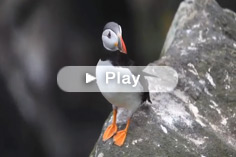


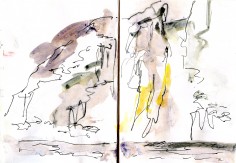
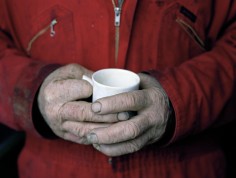
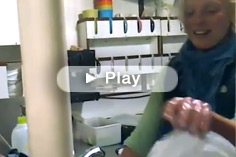


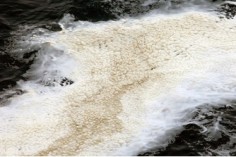
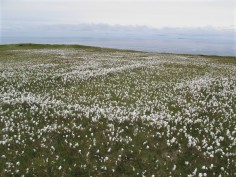

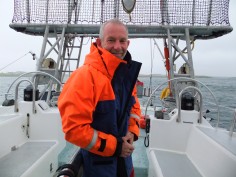








No Comments